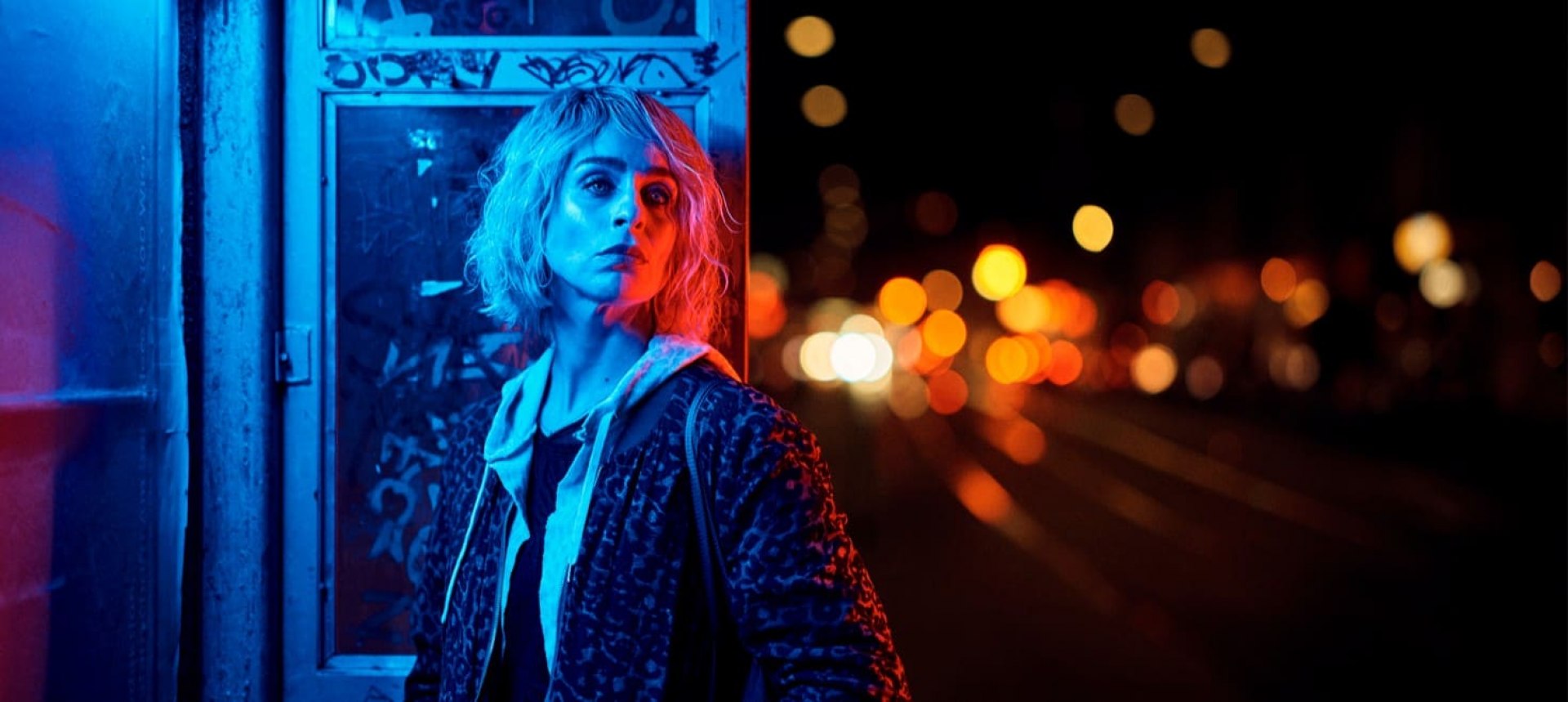Manon Lescaut
Mo | Tu | We | Th | Fr | Sa | Su |
Manon Lescaut – Giacomo Puccini
Dramma lirico in four acts.
Libretto by Domenico Oliva and Luigi Illica with contributions from Marco Praga, Ruggero Leoncavallo, Giacomo Puccini, Giulio Ricordi, and Giuseppe Adami, based on the work L’histoire du chevalier des Grieux et de Manon Lescaut by Antoine François Prévost.
Approximate running time: 3 hours
A staging by Àlex Ollé originating at the Frankfurt Opera
Manon Lescaut, an opera in four acts premiered in 1893 at the Teatro Regio in Turin, is based on the work L’histoire du chevalier des Grieux et Manon Lescaut (1731) by Abbé Prévost, which also inspired the opera Manon by Jules Massenet. “Manon is a heroine I believe in, and therefore, she cannot fail to win the audience's heart. Why can't there be two operas about Manon? A woman like Manon can have more than one lover,” Puccini himself wrote to his publisher.
Manon Lescaut was his third opera and the one that marked his first major success. It earned him lasting fame and marked the beginning of a fruitful collaboration with librettists Luigi Illica and Giuseppe Giacosa, with whom he would write three masterpieces: La bohème (1896), Tosca (1900), and Madama Butterfly (1904).
When Manon meets the young student Des Grieux, they fall in love and run away together, but when the old Geronte offers Manon a life of wealth and luxury, she pauses and chooses that life of pleasures. Unable to forget Des Grieux, they try to escape together, but before they can flee, Geronte has Manon arrested. They escape again, unknowingly heading toward doom. Manon collapses from exhaustion and dies in Des Grieux's arms, telling him she loves him. All efforts have been in vain.
The score, sumptuous and rich in colors, is characterized by youthful vitality and filled with glorious melodies: from the passionate duet of Des Grieux and Manon, “Vedete? io son fedele,” to the overwhelming desolation of Manon’s final aria, “Sola, perduta, abbandonata,” including “Donna non vidi mai” in Act I and “In quelle trine morbide” in Act II.
Àlex Ollé's staging originates from the Frankfurt Opera. In the introductory videos, we see Manon and her brother Lescaut crossing a border fence as illegal immigrants. The harassment she suffers due to her beauty and physical allure leads to abuse and exploitation. With Lluc Castells’ urban costumes and Alfons Flores’ set design, Ollé moves these characters, torn between love and doubts over virtue and pleasure, through a bus station, a pole-dance club where Manon is the star, or claustrophobic cells as a prelude to deportation. The constant presence of giant letters spelling LOVE serves as a reminder of this unpredictable romantic passion as the opera's guiding thread.
Asmik Grigorian, one of today’s finest sopranos, will star in a remarkable vocal and dramatic performance. Innocent and vulnerable, the Manon that Ollé envisions for Grigorian expresses, together with American tenor Joshua Guerrero, both frivolity and steadfast passion with intensity. A true highlight of the Gran Teatre del Liceu’s season.
Program and cast
Manon Lescaut - Asmik Grigorian
Lescaut - Joshua Guerrero
Renato Des Grieux - Iurii Samoilov
Geronte di Ravoir - Donato Di Stefano
Edmondo - Filip Filipović
The dance master - Álvaro Diana
A musician - Carmen Artaza
Stage direction - Àlex Ollé
Set design - Alfons Flores
Costume design - Lluc Castells
Lighting design - Joachim Klein
Video artist - Emmanuel Carlier
Production - Städtische Bühnen Frankfurt Am Main
Cor del Gran Teatre del Liceu
Director: Pablo Assante
Orquestra Simfònica del Gran Teatre del Liceu
Director: Josep Pons
Gran Teatre del Liceu
Barcelona's opera house, the Gran Teatre del Liceu, was founded on the Rambla in 1847 and has continued over the years to fulfil its role as a culture and arts centre and one of the symbols of the city.
Today it is publicly-owned (by the Government of Catalonia, Barcelona City Council, Barcelona Provincial Council and the Ministerio de Educación, Cultura y Deporte) and administered by the Fundació del Gran Teatre del Liceu which, in addition to the aforementioned bodies, incorporates the Patronage Council and the Societat del Gran Teatre del Liceu (the old society of owners).
Origins: From 1837 to 1847
The Liceu evolved out of the Sociedad Dramática de Aficionados (Society of theatre-lovers) set up in 1837 at the instigation of Manuel Gibert in the former convent of Montsió by members of the National Militia, an organization of armed citizens with liberal leanings.
Barcelona's economy and population were growing fast at the time and the city needed a music conservatory. This led to the conversion of the Sociedad Dramática into the Liceo Filármonico Dramático Barcelonés de S.M. la Reina Isabel II (Barcelona Dramatic and Philharmonic Lyceum of HM Queen Isabel II). In addition to its theatrical activities, the new organization cultivated Italian-style singing and music.
The building on the Rambla
The original building was solemnly opened on 4 April 1847. The plans had been drawn up by Miquel Garriga i Roca, subsequently assisted by Josep Oriol Mestres. The project was funded by selling shares, which meant that many of the boxes and seats were to be privately owned. The shareholders formed the Societat del Gran Teatre del Liceu, known as the “Societat de Propietaris” (Society of Owners), which was in sole charge of running the Gran Teatre del Liceu from 1855 onwards, after it was legally separated from the Conservatori del Gran Teatre del Liceu.
The theatre was operated by impresarios who were given a concession to stage a specific number of productions in exchange for the proceeds from the sale of tickets not reserved for the Societat itself. This system was to endure until 1980.
The creation of the Consortium
By the last quarter of the 20th century this management system was no longer viable. In 1980, to avert the danger of the disappearance of an institution of such worldwide cultural renown, the Generalitat Catalonia's first government in modern times – set up a consortium, the Consorci del Gran Teatre del Liceu, which also incorporated Barcelona City Council and the Societat del Gran Teatre del Liceu. Barcelona Provincial Council joined the Consortium in 1985, followed by the Spanish Ministry of Culture in 1986. From then on the Consortium took over operation of the theatre.

 EN
EN DE
DE IT
IT FR
FR ES
ES RU
RU JP
JP RO
RO
